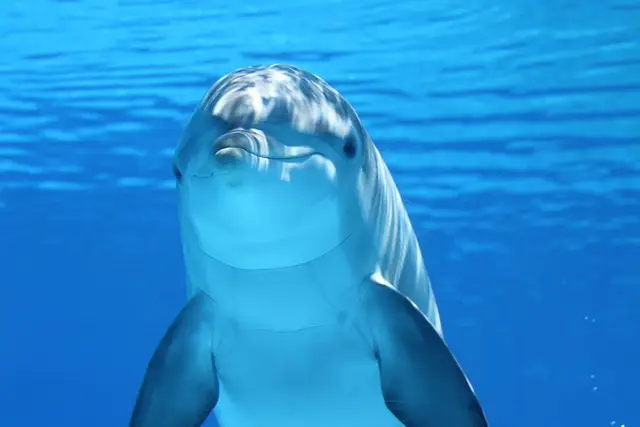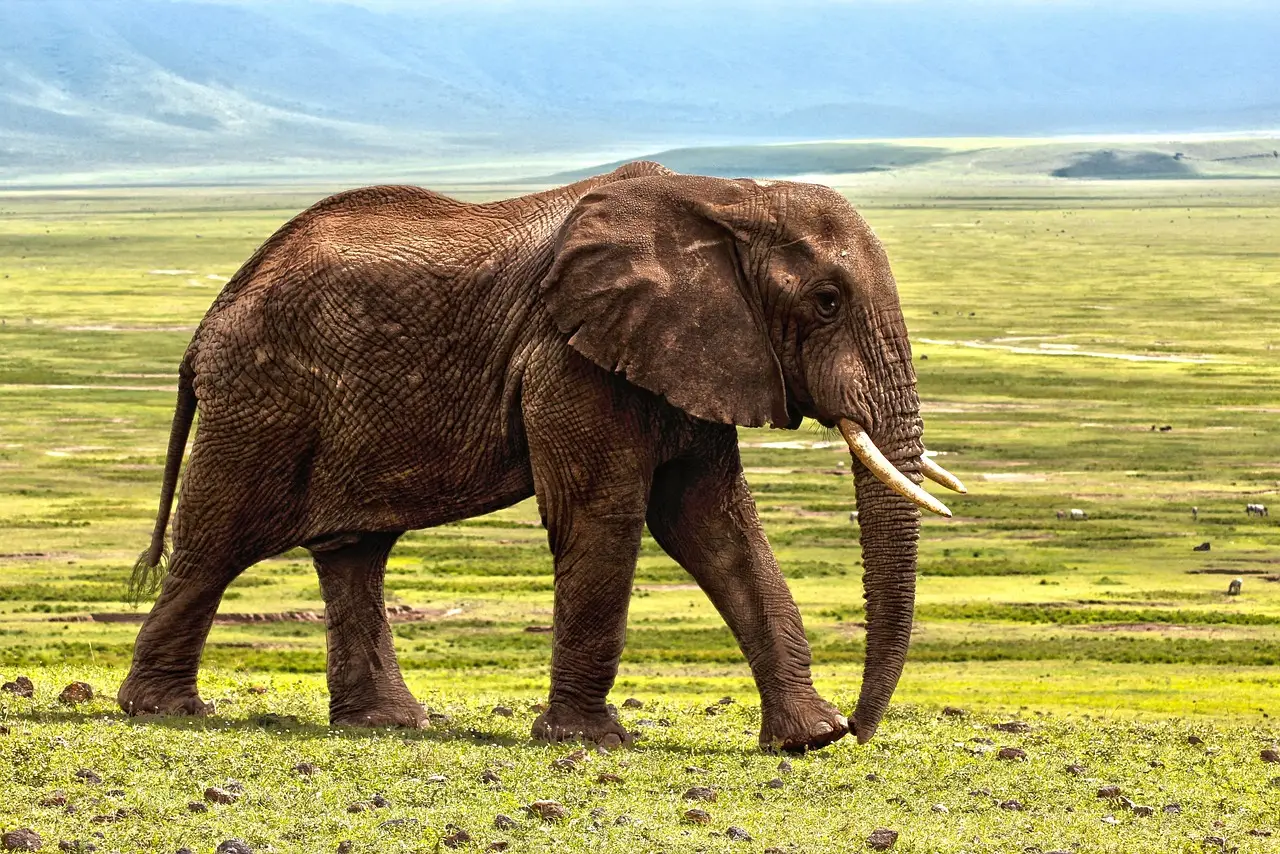
Ocean Animals - Marine Wildlife Sounds & Calls
Discover the fascinating world of animal habitats in ocean ecosystems. Explore the magnificent world of ocean animals and their underwater vocalizations. Ocean animals like whales, dolphins, and seals create fascinating marine soundscapes. Discover authentic ocean animals sounds from deep sea environments and coastal waters worldwide.
Ocean Soundscape
A blend of whale songs, dolphin clicks, and gentle ocean waves
Animals in Ocean Habitats
Explore 4 fascinating species that thrive in these animal habitats. Each creature has adapted uniquely to survive and communicate in this ecosystem.
Loading animals from these animal habitats...
Ocean Habitat Characteristics
These animal habitats are defined by unique environmental conditions that shape the lives of countless species.
Vast Underwater Realm
Covers 71% of Earth's surface with depths over 11,000 meters, creating diverse pressure zones where ocean animals thrive and communicate.
Marine Biodiversity Hub
Home to over 230,000 ocean animals species across coral reefs, kelp forests, and deep-sea trenches, each contributing unique sounds to marine ecosystems.
Superior Sound Transmission
Sound travels 4 times faster underwater, enabling ocean animals to communicate across vast distances through sophisticated acoustic networks.
Complex Acoustic Networks
Ocean animals use advanced echolocation, songs, and calls that travel thousands of kilometers through marine environments.
Diverse Ecosystem Zones
From coral reefs to deep-sea trenches, each zone supports specialized ocean animals with distinct acoustic signatures and communication patterns.
Temperature Stratification
Ocean layers create unique thermal environments that affect ocean animals distribution and underwater sound propagation patterns.
Environmental Conditions
Understanding the climate helps explain how animals in these animal habitats have evolved their unique vocalizations.
Temperature Range
Varies by depth and location (-2°C to 30°C)
Average temperature conditions in these animal habitats
Humidity Level
100% (underwater environment)
Moisture levels that influence animal behavior and sounds
Precipitation
Not applicable (aquatic environment)
Rainfall patterns affecting ecosystem dynamics
Ecosystem Wonders
Discover the extraordinary features that make these animal habitats unique ecosystems where wildlife thrives and communicates.
Vast Underwater Realm
Covers 71% of Earth's surface with depths over 11,000 meters, creating diverse pressure zones where ocean animals thrive and communicate.
Marine Biodiversity Hub
Home to over 230,000 ocean animals species across coral reefs, kelp forests, and deep-sea trenches, each contributing unique sounds to marine ecosystems.
Superior Sound Transmission
Sound travels 4 times faster underwater, enabling ocean animals to communicate across vast distances through sophisticated acoustic networks.
Complex Acoustic Networks
Ocean animals use advanced echolocation, songs, and calls that travel thousands of kilometers through marine environments.
Diverse Ecosystem Zones
From coral reefs to deep-sea trenches, each zone supports specialized ocean animals with distinct acoustic signatures and communication patterns.
Temperature Stratification
Ocean layers create unique thermal environments that affect ocean animals distribution and underwater sound propagation patterns.
Protecting Ocean Habitats
These precious animal habitats face increasing environmental threats. Understanding conservation challenges helps protect wildlife ecosystems.
Environmental Threats
Critical challenges facing ecosystems
Ocean pollution and plastic waste
Ocean pollution and plastic waste
Climate change and ocean acidification
Climate change and ocean acidification
Overfishing and habitat destruction
Overfishing and habitat destruction
Noise pollution from ships
Noise pollution from ships
Rising sea temperatures
Rising sea temperatures
Conservation Efforts
Protecting our natural world
Ocean animals face unprecedented threats with marine protected areas covering only 3% of global oceans. Conservation efforts focus on protecting ocean animals through larger marine sanctuaries, reducing plastic pollution affecting ocean animals, implementing sustainable fishing to preserve ocean animals populations, and combating climate change impacts. International cooperation is essential to protect ocean animals and the marine ecosystems supporting over 230,000 ocean animals species worldwide.
How You Can Help
Discover Other Animal Habitats
Continue your journey through diverse animal habitats around the world. Each ecosystem offers unique wildlife sounds and fascinating species.

Forest
Forest animals and their woodland vocalizations

Savanna
Savanna animals and their grassland vocalizations

Arctic
Arctic animals and their polar vocalizations